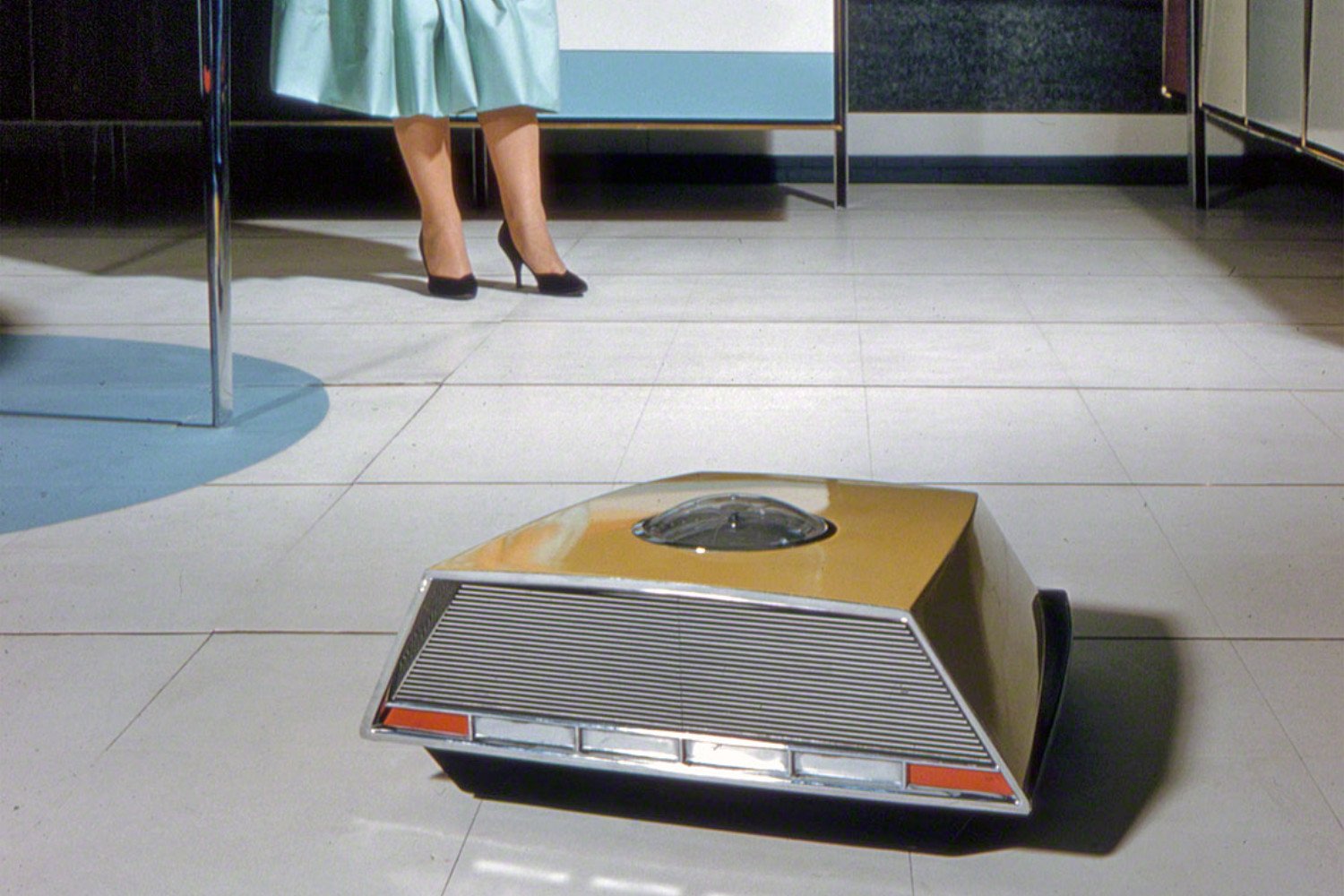Elon Musk garnered significant attention on social media during the unveiling of his prototype robotaxi on Thursday, even though the Tesla CEO’s Cybercab remains more concept than reality. However, it was Musk’s humanoid robots that truly captured the spotlight in videos shared from the event. The Optimus bots showcased their capabilities by dancing, engaging with guests, playing games like paper-rock-scissors, and even pouring drinks.
A key detail, however, was not entirely clear to many observers: the robots were not operating autonomously as some had assumed. According to an attendee who spoke with a Tesla engineer, the Optimus robots were remotely controlled by unseen human operators, a fact that Musk did not explicitly disclose during the presentation. “This is not wholly AI. A human is providing remote assistance,” tech evangelist Robert Scoble tweeted, accompanied by a video from the event held at Warner Bros. Studios in Burbank on Thursday night.
Scoble expressed his admiration for the robots, yet the knowledge that human operators were remotely controlling them altered the overall impression of the demonstration. This type of teleoperation has existed since the 1940s, although in more primitive forms. Walt Disney famously employed teleoperations for lifelike robotics in the 1960s at his theme park attractions.
The distinction between Musk’s approach and Disney’s lies in transparency. Disney’s intention was to create an engaging show without attempting to mislead the audience regarding how the technology worked. Musk, on the other hand, appeared to orchestrate the event to create a certain narrative without disclosing the human assistance behind it. Many on social media expressed feelings of deception as a result.
Musk is not the first individual to use theatrical techniques to project the capabilities of robots while being less than forthright about the underlying technology. His penchant for hyping products that remain in conceptual stages (for instance, the 2021 Optimus debut where a human was dressed in a robotic suit) evokes comparisons with RCA-Whirlpool’s “Miracle Kitchen” during the late 1950s. This kitchen display showcased a robot that was, in reality, remote-controlled by a human hidden from view, despite claims of full autonomy.
The Miracle Kitchen was the centerpiece of the 1959 fair in Russia, representing a brief thaw in Cold War tensions between the US and the Soviet Union. This cultural exchange featured various attractions, including the famous “kitchen debate” between then-Vice President Richard Nixon and Soviet leader Nikita Khrushchev.
While the American National Exhibition had much to offer, it was the kitchen that truly captivated audiences. It promised advanced technologies, including a central computer with push-button controls and an autonomous robot resembling an early Roomba. However, claims of autonomy were misleading.
A 13-minute promotional film for the kitchen is available on YouTube, but a one-minute clip focusing on the vacuum serves as a glimpse into what captivated Russian viewers in 1959.
The film’s host describes, “What you see coming out of the wall is a self-propelled floor cleaner. It’s entirely self-contained and can be directed to any part of the kitchen.” He goes on, “This floor cleaner operates on a self-charging battery and navigates by sensing an electrical path in the floor.” The claims of its capabilities soared, suggesting it could autonomously clean and recharge without intervention.
In truth, however, this supposed autonomous robot was merely an illusion. Joe Maxwell, who designed the kitchen in the 1950s, revealed in a 2015 interview that remote operators controlled the vacuum cleaner and dishwasher from behind a two-way mirror. They cleverly masked the manual operation with claims of advanced technology.
Maxwell’s information highlighted the disparity between the promotional narrative and the reality of the technology available at the time, which relied on less complex solutions rather than the advanced robotics that exist today.
The parallels between Musk’s recent demonstration and the 1959 technology fair are striking. The Americans aimed to showcase US-style capitalism as a superior system, where technological marvels could astound audiences even if they were not fully operational. This campaign, supported by institutions like the CIA and big business, sought to project an idealized version of consumer life in the United States.
Critics labeled Musk’s recent Tesla event as “underwhelming,” due to its vague details and extensive timeline for the delivery of the Cybercab and Optimus robots. Musk often employs a pattern of promoting futuristic tech that ultimately fails to materialize as impressively as anticipated.
Remember the highly touted Loop system that Musk promised for cities like Chicago and Las Vegas? Initially envisioned as autonomous 16-passenger vehicles traveling at remarkable speeds, what was ultimately delivered were standard Teslas operated by human drivers traveling significantly slower in a Las Vegas tunnel.
At least it’s reassuring to know that Musk’s robots are not engaging in inappropriate behavior. Well, not yet.
Discover more from Marki Mugan
Subscribe to get the latest posts sent to your email.









